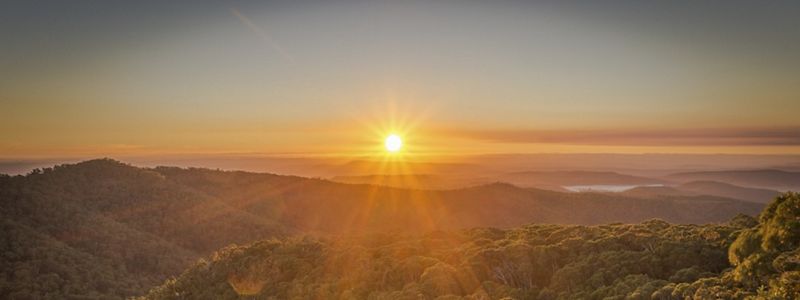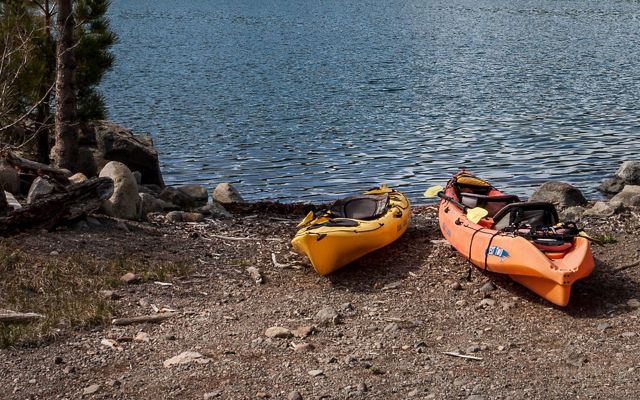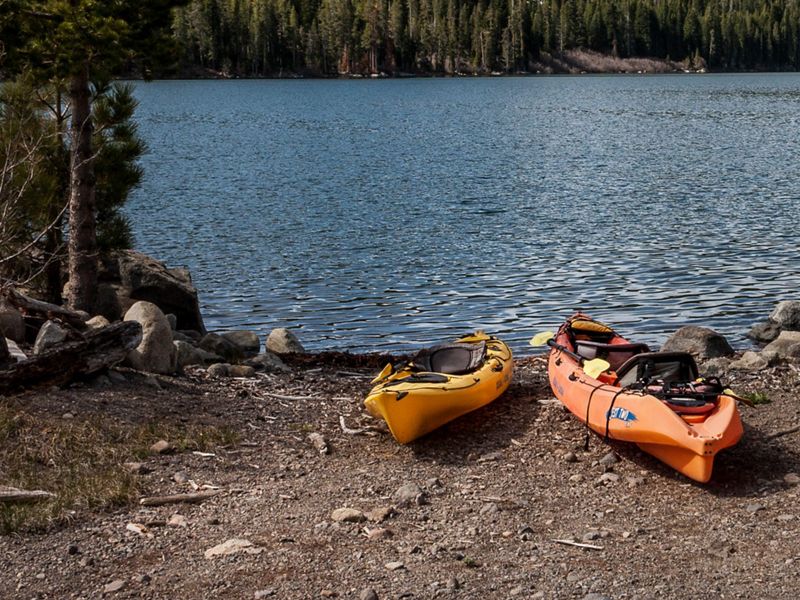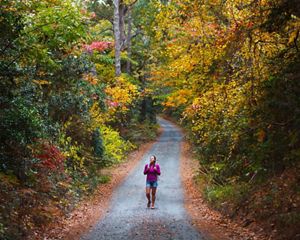Find Your Connection in Nature Stories
Ditch the Screens, Grab the Snacks and Head Outdoors!
Soak up the last days of summer at these TNC preserves that are great for family adventures.

Is yours a family that loves to get outdoors? In the U.S., The Nature Conservancy boasts a system of more than 800 nature preserves that welcome visitors in every one of the 50 states. Together, these nature preserves collectively help TNC advance its mission to protect the lands and waters on which all life depends.
But they’re also incredible places to make memories, spark curiosity and enjoy the last golden days of summer before school starts again. Whether your family is into hiking, wildlife spotting, nature play or simply soaking up the sunshine, our preserves offer wide-open spaces and fresh air for all ages. From stroller-friendly trails to hands-on volunteer opportunities, these destinations are perfect for unplugging, reconnecting and finding your connection in nature—together.
It is hard to believe that 2025 marked twenty years since the author, journalist and children-in-nature advocate, Richard Louv, coined the term “Nature-Deficit Disorder®” to bring attention to the physical and emotional effects of urbanization and technology in modern society. According to Louv, less time outdoors, especially in nature, has a direct correlation with our physical and emotional health, even more so with children. It is a trend that is also fueling a generation of people who might not value, and appreciate the need to protect, nature.
Since Louv’s groundbreaking proclamation, a growing body of research indicates that direct exposure to nature is essential for healthy childhood development. For example, in 2015-2016, scientists working with The Nature of Americans conducted an unprecedented study of nearly 12,000 adults, children and parents across the United States that assembled the hard data and provided clear recommendations that support the fact that “connection to nature is not a dispensable amenity but, rather, is essential to the quality of life, health, social well-being, prosperity and productivity of all Americans.”
Science Says . . . Get Outside!
-
4-7
The average number of minutes today's children spend in unstructured nature play each day (Source | The Nature of Americans)
-
60
The number of minutes of active movement experts recommend for children each day to maintain physical and emotional health (Source | American Academy of Pediatrics)
-
800+
nature preserves owned by The Nature Conservancy in the United States
In addition to supporting scientific pursuits and land management, many TNC nature preserves have expanded their roles to engage visitors and encourage outdoor exploration and recreation. Check out a few examples of TNC’s family friendly nature preserves below, and find a preserve to explore near your home or in places where you travel.
Choose Your Adventure
- Blowing Rocks Preserve: Florida
- Morgan Swamp Preserve: Ohio
- Great Salt Lake Shorelands Preserve: Utah
- South Cape May Meadows Preserve: New Jersey
- Cypress Island Preserve: Louisiana
- Manchester Cedar Swamp Preserve: New Hampshire
- Joseph H. Williams Tallgrass Prairie Preserve: Oklahoma
- Nachusa Grasslands Preserve: Illinois
- Nags Head Woods Preserve: North Carolina
- Santa Fe Canyon Preserve: New Mexico
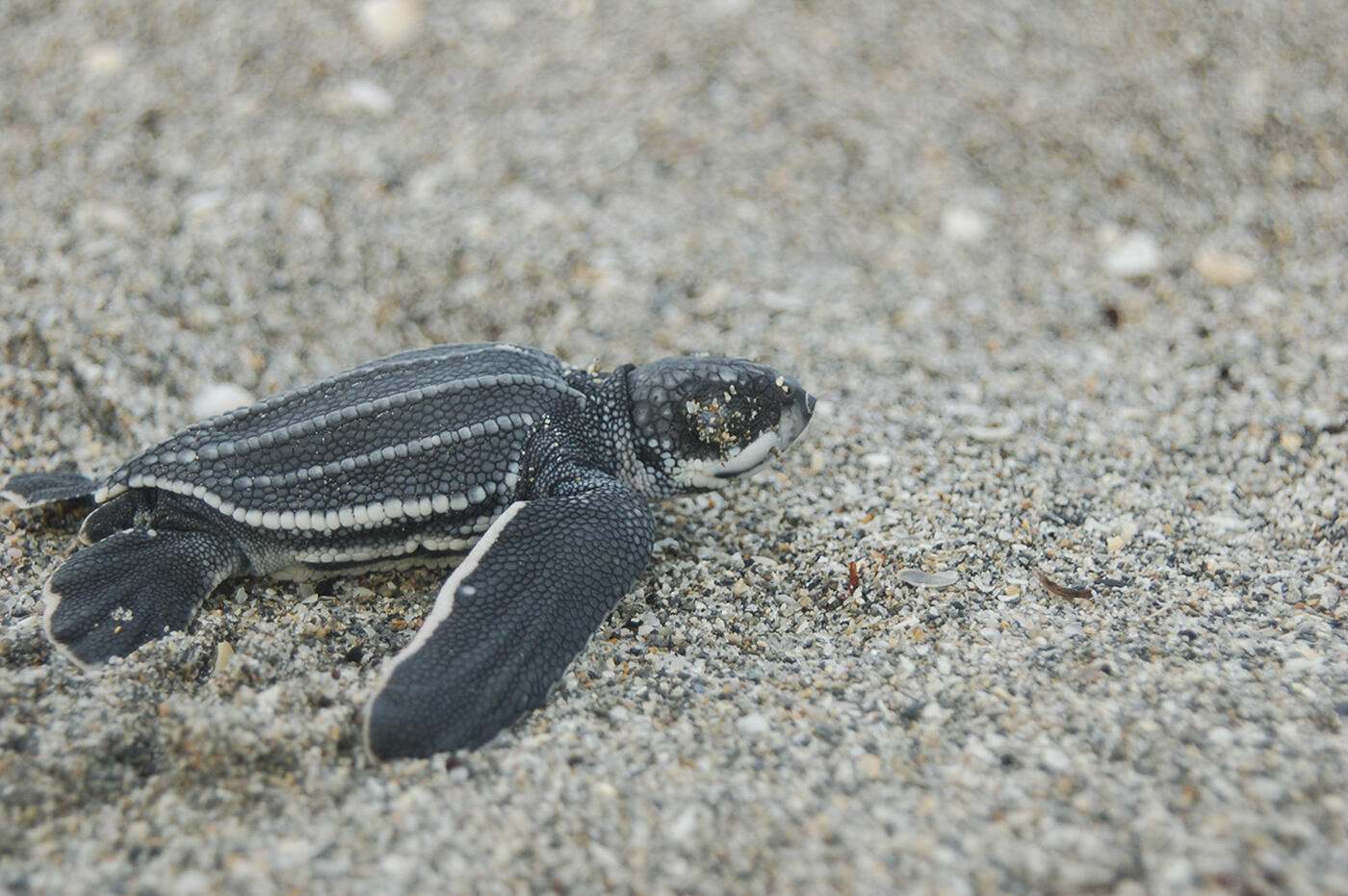
Blowing Rocks Preserve, FL
Located near Jupiter, families venturing out to TNC’s Blowing Rocks Preserve can enjoy an array of short hiking trails that include interpretive signs. Travel through the coastal canopy to the beach for a fun family picnic, including the unique sound of waves pushing water up through the Anastasia limestone rocks in the background (translation, no portable speaker required!). Also on site, the Hawley Education Center provides an indoor opportunity to learn about TNC’s efforts to protect native habitats, plants and animals along Florida’s east coast. Depending on the time of year, there might be an opportunity to witness the Blowing Rocks Preserve Sea Turtle Rescue Program team as they assist rare loggerhead, green and leatherback sea turtles on the beach. If it isn’t a totally screen-free day, TNC launched a mobile app to augment visits with missions and games for children visiting our Florida flagship preserves.
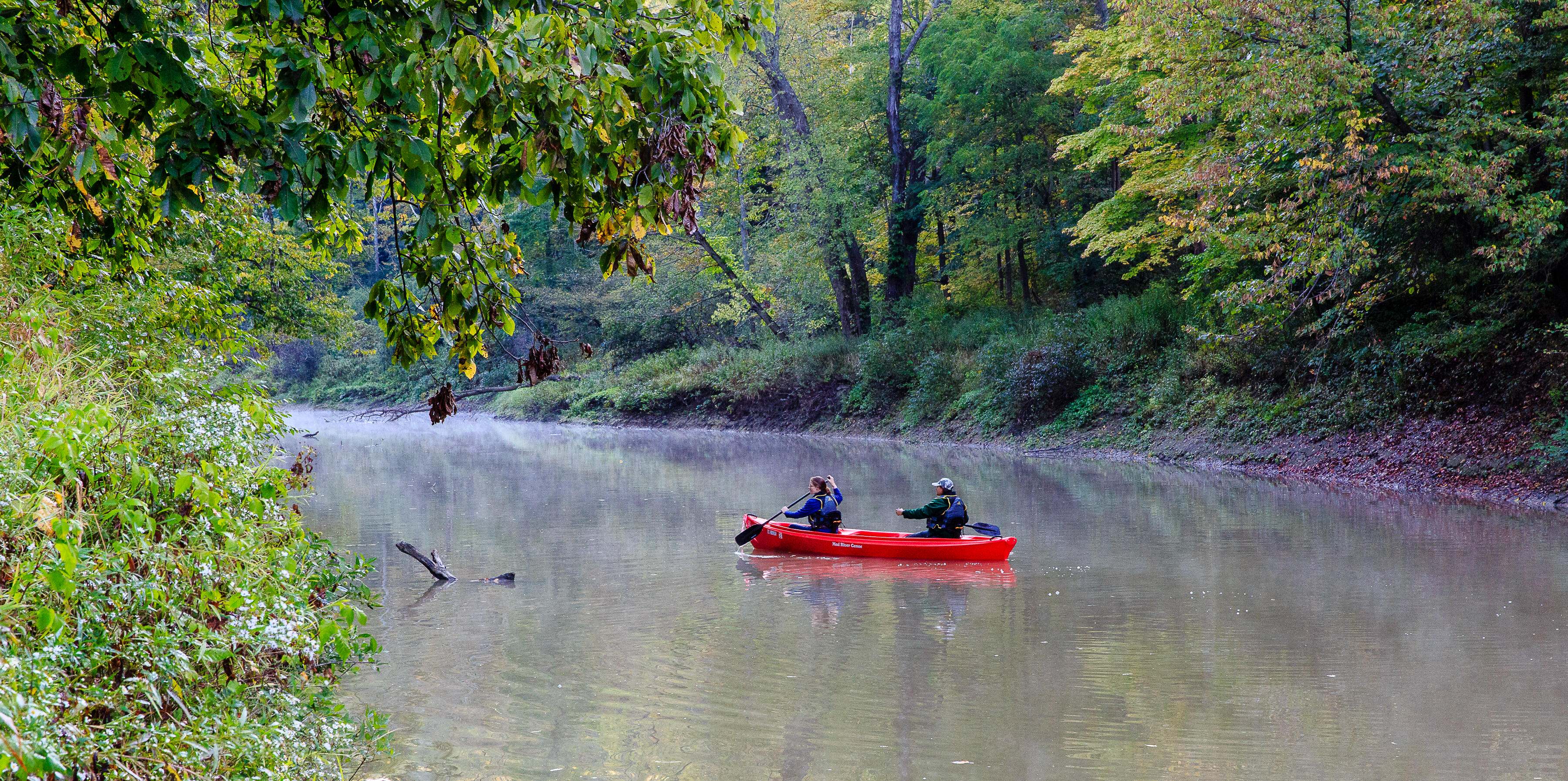
Morgan Swamp Preserve, OH
Less than an hour east of Cleveland, TNC’s 2,000-acre Morgan Swamp Preserve boasts three trails that show off the property’s diverse wetland, forest and prairie habitats. (You might even see beaver or river otter!) Two separate portions of the preserve are accessible for public use—Long Pond and the Grand River Conservation Campus. Both sections of the property offer opportunities for hiking and wildlife-watching. The Grand River Conservation Campus also offers an accessible fishing pier, a canoe and kayak launch, a playground, and a pavilion and community center for gatherings and events. The property also includes the Dr. James K. Bissell Nature Center, which features exhibits depicting the natural history and hosts events throughout the year.
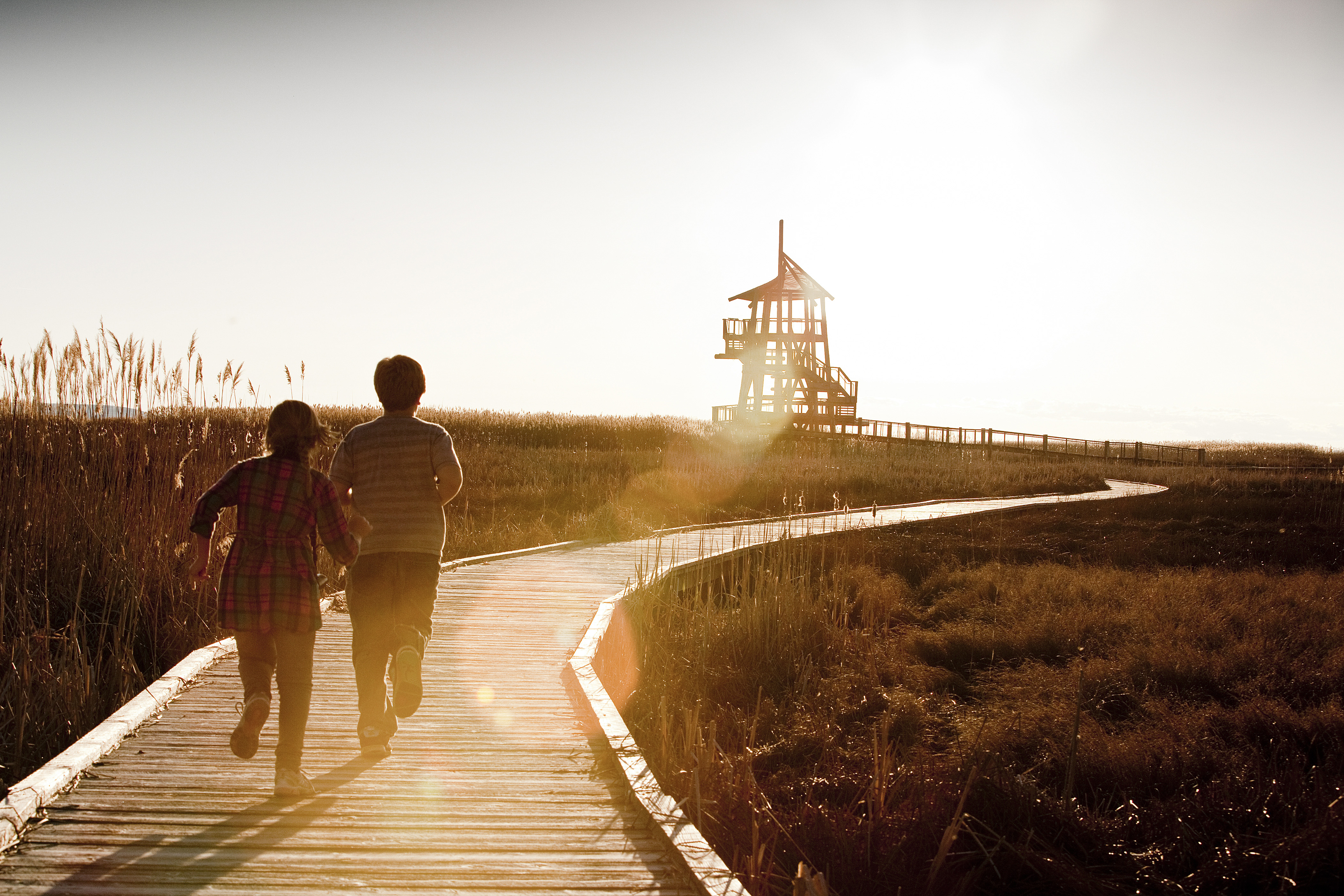
Great Salt Lake Shorelands Preserve, UT
A half-hour drive and a world away from downtown Salt Lake City, TNC's 4,400-acre Great Salt Lake Shorelands Preserve is an ideal destination for families looking to connect with the wetlands and birds—so many birds—that define this treasured part of Utah. Before your visit, print and share the preserve’s coloring book to engage excited adventurers. Once you arrive, head out on the 1.3-mile, kid- and stroller-friendly boardwalk loop trail, which begins near the entrance and winds through prime birdwatching habitat. Along the way, you’ll encounter educational exhibits about the lake’s plants, animals, habitats and conservation needs—as well as an observation tower that offers sweeping views of the surrounding wetlands. Visitors can also download an audio tour of the preserve for a more immersive, self-paced experience.
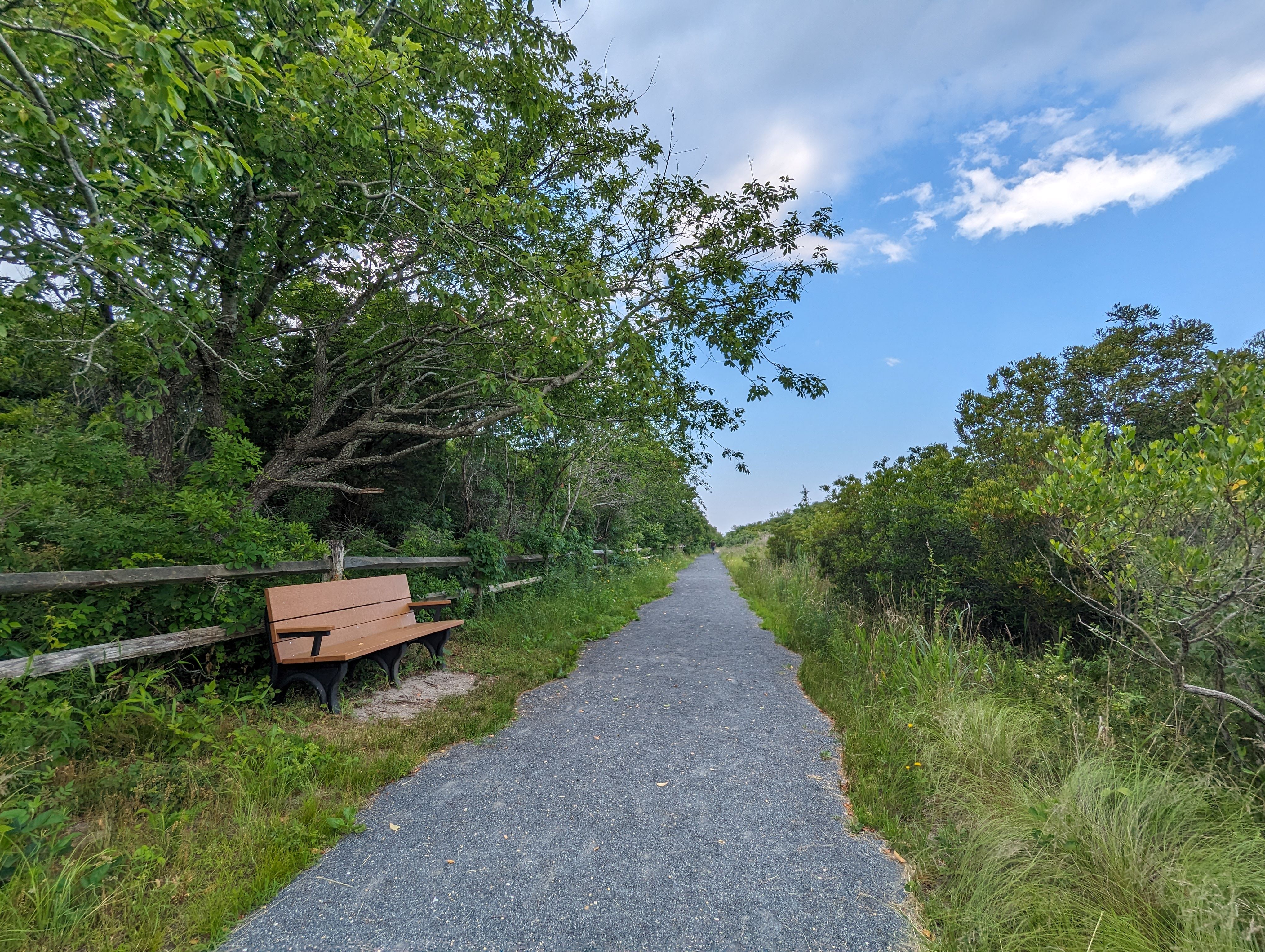
South Cape May Meadows, NJ
TNC’s South Cape May Meadows Preserve is an easy, family-friendly jaunt from many central places on the East Coast, from the Jersey Shore to Philadelphia and New York City. Its location along the heart of the Atlantic Flyway —a migratory superhighway for birds— makes the site a globally renowned birding paradise. More than two miles of flat, easy-to-use trails bring visitors through lush meadows that put on a spectacular flora-and-fauna show in every season, and one mile of rare, protected beach provides beautiful views of the Atlantic Ocean and a special enclosure for beach nesting birds. A self-guided audio tour, ADA-compliant boardwalk — complete with handrails, benches and braille signage — and many other accessibility enhancements welcome nature lovers of every age and background. Stop by the preserve’s Welcome Center, which includes an interactive digital kiosk to help you plan your visit from start to finish. Enhance your experience by taking a connection trail to adjacent Cape May Point State Park to see the charming Cape May lighthouse or stop nearby for sweeping vistas of the Delaware Bay.
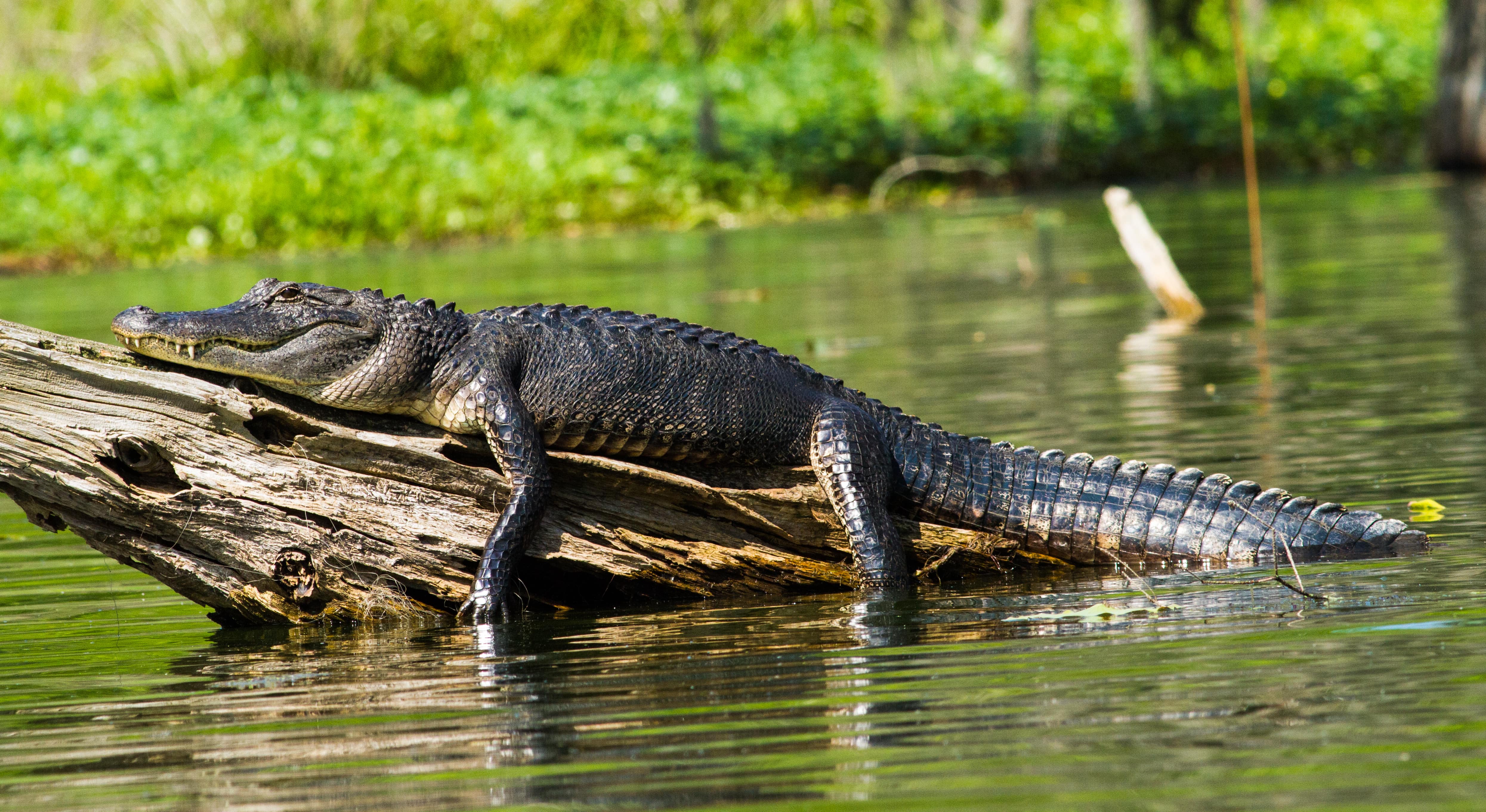
Cypress Island Preserve, LA
It’s hard to believe that you can be deep in a Louisiana cypress swamp within an hour or two of Lafayette, Baton Rouge or New Orleans, but it’s true. TNC’s Cypress Island Preserve was created for that reason, to protect a microcosm of everything that represents a cypress swamp in a part of Louisiana that is rapidly growing. The preserve’s Visitor’s Center, staffed by volunteer docents on the weekends, is a good place to start your adventure and learn about TNC’s efforts to conserve this fragile, iconic ecosystem. (It also offers a covered pavilion – with access to restrooms – for picnicking.) Then it’s time to find the 2.5 mile out-and-back levee trail, which depending on the time of year, provides an opportunity to observe an active rookery and other resident wildlife that includes the American alligator. Looking for more to do? There is a small launch at the northern end of the levee trail and a larger launch at Lake Martin for visitors who want to check out the preserve and its surroundings from the vantage point of a kayak or canoe. NOTE: Certain times of the year, TNC limits access to the rookery and levee trail during bird and alligator breeding and nesting seasons.
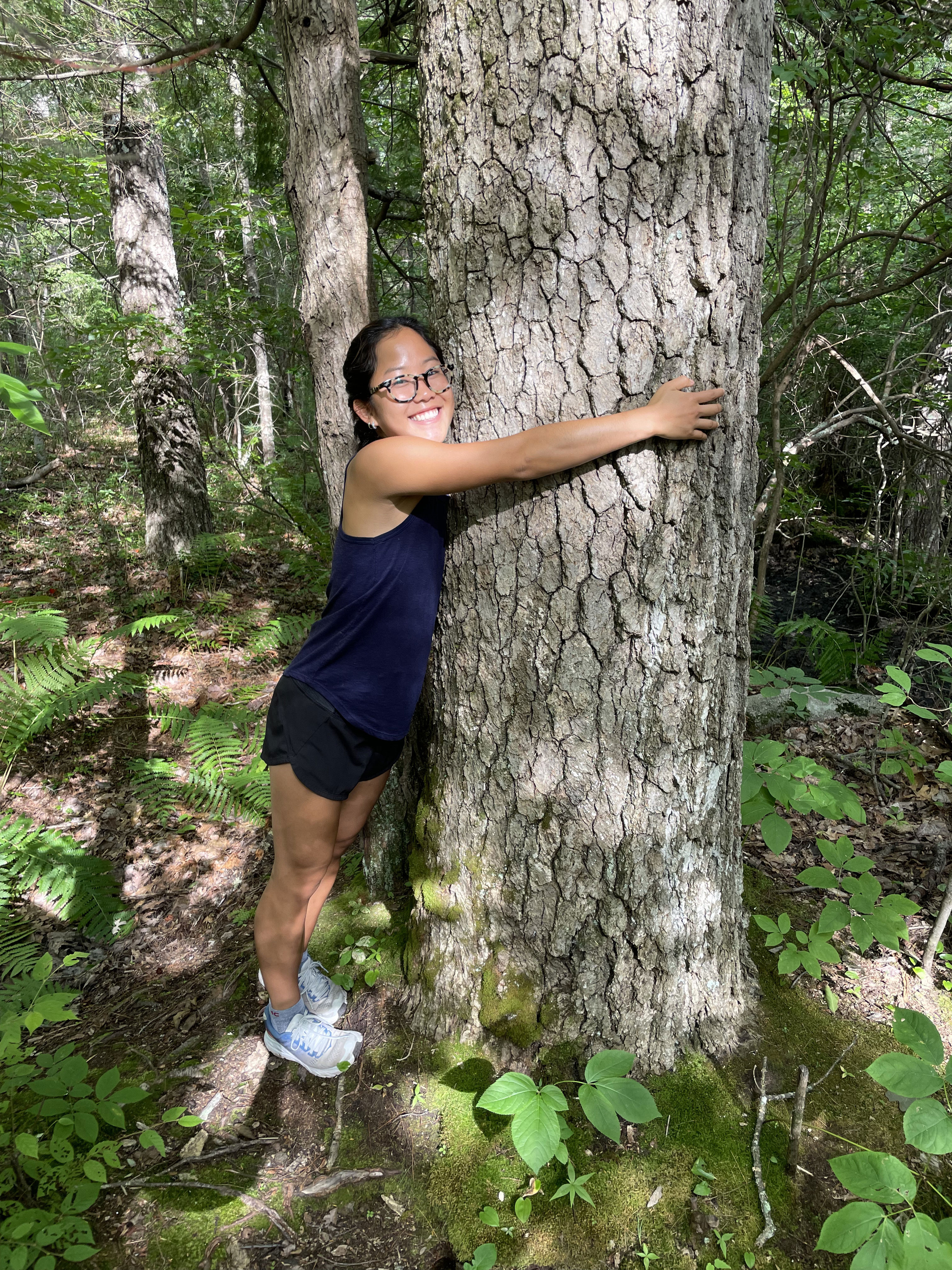
Manchester Cedar Swamp Preserve, NH
It’s hard to believe, but families will find solitude at this 640-acre urban preserve situated in the heart of New Hampshire’s most populated city. TNC’s Manchester Cedar Swamp Preserve is also located in proximity to other parts of New England, including to the state capitol of Concord and an hour away from Boston. Within minutes of arrival, families can choose from 1.8 miles of easy loop trails that wind through a hemlock grove, patches of supersized ferns and rhododendrons, a stand of old-growth black gum trees – the oldest trees of any kind in New England, and one of the state’s best examples of a globally rare Atlantic white cedar swamp. Most recently, TNC created the universally accessible Cedar Swamp All Persons Trail to make nature accessible for visitors of all abilities and comfort levels. This new trail includes informational signage and an optional audio tour offered in English and Spanish. Regardless of age or life state, this preserve provides an opportunity for families to spend a day exploring deep in the woods while never venturing far from civilization.
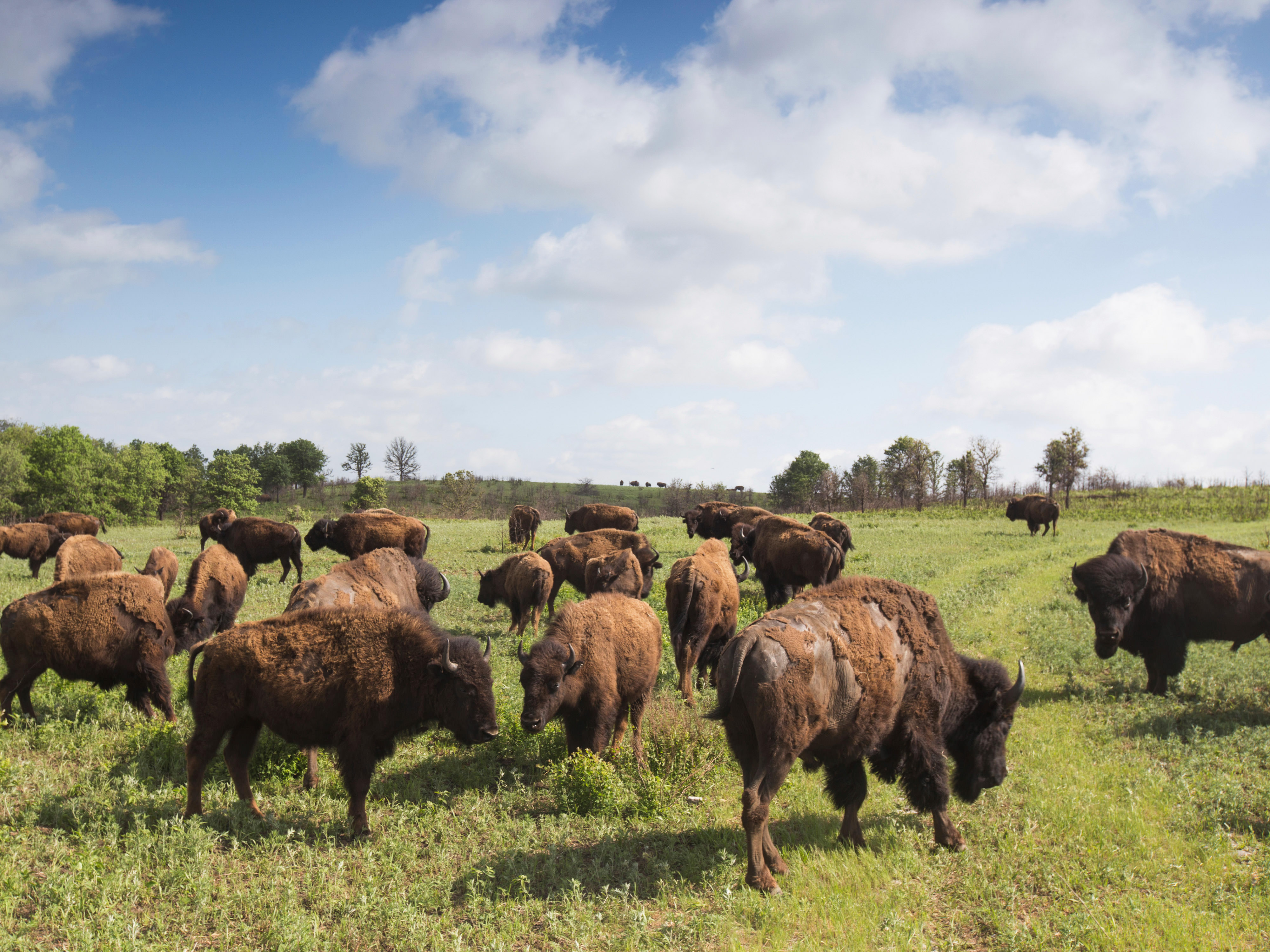
Joseph H. Williams Tallgrass Prairie Preserve, OK
Who doesn’t want to be a cowboy at some point during their childhood? Families have a chance to capture that spirit during a visit to TNC’s 39,563-acre Joseph H. Williams Tallgrass Prairie Preserve. For beginners, whether on foot or on a driving tour, it’s hard to miss the herd of 2,200 free-ranging bison that represents a primary tool for restoring what is the largest remaining protected piece of tallgrass prairie remaining on the planet, an ecosystem that once spanned 142 million acres. Beyond the bison, several designated hiking trails of varying levels of difficulty, and scenic turnouts, provide additional opportunities for viewing spectacular wildlife that, depending on the time of year, includes red-tailed hawks, abundant wildflowers, tall (really tall) grasses and more. The preserve also has picnic tables, a public restroom and a Visitor’s Center where volunteer docents look forward to sharing the inspirational story of the prairie, its history, ecology, and resident and visiting wildlife.

Nachusa Grasslands Preserve, IL
It’s hard to believe that within two hours of Chicago you can find yourself in a setting that evokes what the Midwest might have looked like hundreds of years ago. Maybe it’s the bison. The herd of bison is just one of the highlights of a visit to TNC’s 4,000-acre Nachusa Grasslands Preserve. This diverse landscape of sandstone outcrops, meandering streams and vast swathes of colorful prairie grasses invites a variety of species, including Blanding's turtle, grasshopper sparrow and bobolink. Before you visit, grab some binoculars and sturdy shoes, and stop by the preserve’s Visitor Center to do a deep dive into the story of Nachusa. From there, you can choose from one of five trailheads for a fun, family day of exploration.

Nags Head Woods Preserve, NC
Whether it is during the off-season or in the thick of summer, if you are one of the five million visitors who descend upon the Outer Banks each year, you don’t want to miss TNC’s Nags Head Woods Preserve. An alternative to busy beaches and salty surf, this preserve boasts one of the largest remaining maritime deciduous forests on the East Coast. During your visit, choose from eight trails suitable for a variety of ages and abilities, including one trail with an accompanying audio tour and a 0.5-mile fully accessible, ADA compliant loop created with concrete and a wood boardwalk to accommodate nature lovers with walkers, wheelchairs or strollers. Are you visiting with an angler? The preserve’s fishing guide serves as a great resource for what you might find on your line. For birders, the preserve hosts more than 150 species of birds, depending on the time of year.
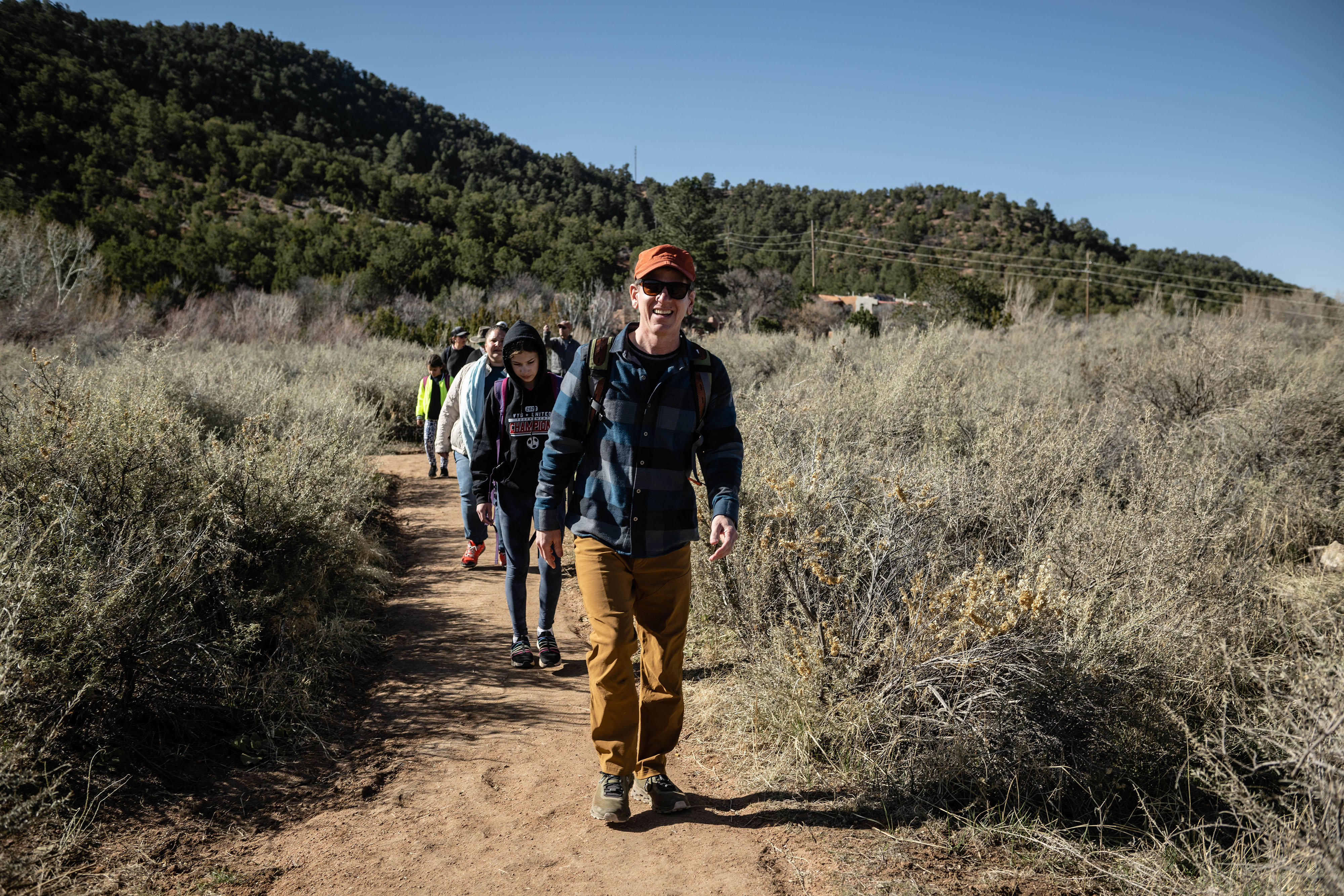
Santa Fe Canyon Preserve, NM
Described by New Mexico Magazine as a “pocket of paradise,” TNC’s Santa Fe Canyon Preserve is a two-mile hop-skip-and-jump from the City of Santa Fe. The main attraction at this 525-acre preserve is the 1.5-mile Santa Fe Canyon Loop Trail, which has been updated with a wider trail, braille signage and other enhancements to help people of every age and stage navigate more easily. For families looking for a more rigorous challenge, the preserve also serves as a trailhead for the larger Dale Ball Foothill Trail System, a joint effort by the city, county, the Foothills Trail Trust and private landowners. Within the preserve boundaries, however, there’s lots to do. Check plants and animals (like beavers and northern leopard frogs and scrub jays) off the preserve’s flora and fauna and bird guides. Check out the ruins of Old Stone Dam, built in 1881, where the city first attempted to harness the Santa Fe River as a residential drinking supply. And don’t forget to download the preserve audio tour to enhance your visit.
Stay in the Loop
Sign up for the Nature News email and receive conservation stories each month.
